Nature has a twisted sense of humor. While we humans worry about our appearance, animals have evolved some of the most bizarre, seemingly useless body parts imaginable. That dangly thing on a turkey’s face? The massive nose of an elephant seal? These aren’t evolutionary mistakes – they’re masterpieces of biological engineering that have helped countless species survive and thrive for millions of years.
The Giraffe’s Ridiculously Long Tongue

Picture this: you’re trying to grab lunch, but your food is surrounded by razor-sharp thorns that could slice your face to ribbons. For a giraffe, this is just Tuesday. Their tongues can stretch up to 20 inches long – that’s longer than most rulers – and they’re not just oversized for show.
These purple-black tongues are perfectly designed for wrapping around acacia branches and stripping leaves while avoiding the nasty thorns. The dark coloration isn’t random either; it acts like natural sunscreen, protecting the tongue from harmful UV rays during those long feeding sessions. Think of it as nature’s version of a specialized tool, like a chef’s knife specifically designed for one perfect task.
The Elephant Seal’s Inflatable Nose Balloon
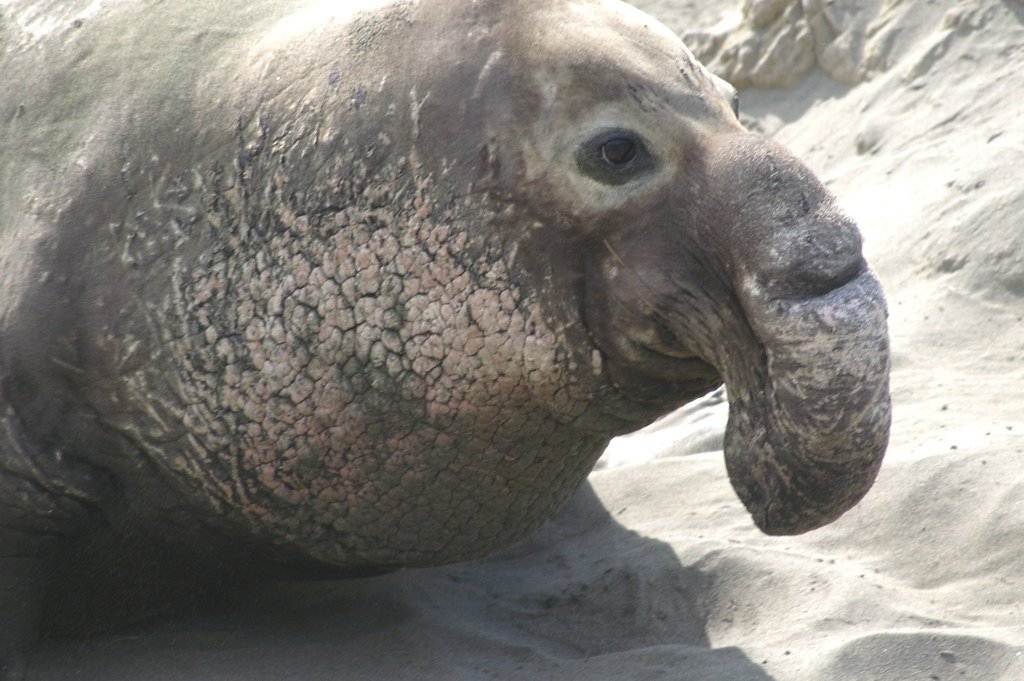
Male elephant seals look like someone attached a deflated basketball to their face, and honestly, that’s not far from the truth. This bizarre inflatable nose, called a proboscis, can expand to massive proportions when the seal gets excited or aggressive. But this isn’t just some weird party trick.
The proboscis amplifies their roars and bellows, turning them into booming sound waves that can travel for miles underwater and across beaches. During mating season, the bigger and louder the nose, the more impressive the male appears to potential mates. It’s like having a built-in megaphone and status symbol rolled into one fleshy package.
The Platypus’s Venomous Ankle Spurs
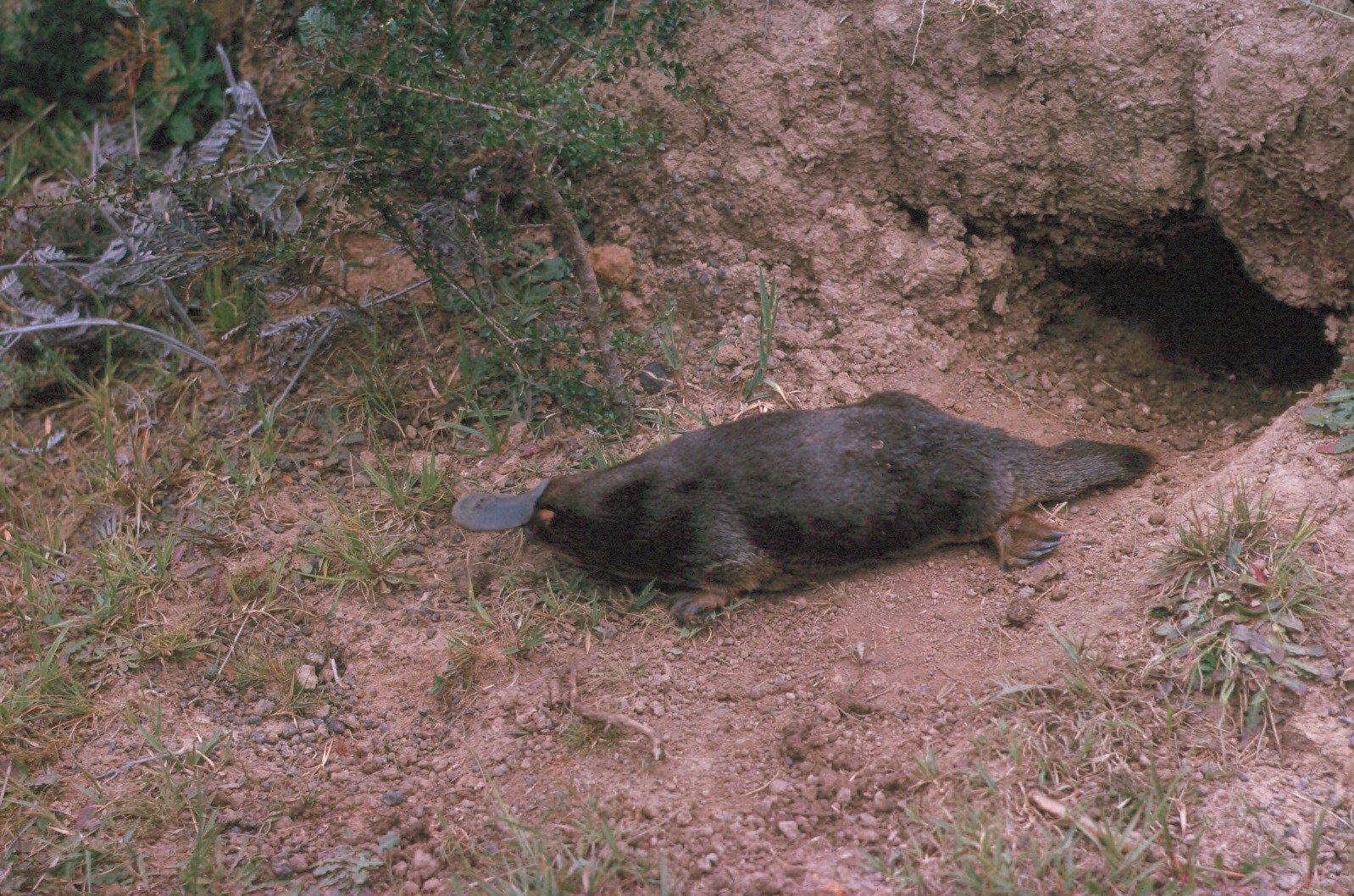
The platypus already looks like nature’s practical joke – part duck, part beaver, part confusion. But hidden on the male’s hind legs are hollow spurs that inject venom potent enough to kill a dog-sized animal. This isn’t some leftover evolutionary accident; it’s a sophisticated chemical weapons system.
The venom contains compounds that cause excruciating pain in mammals, and the effects can last for weeks. Males use these spurs during breeding season to fight other males and establish dominance. Imagine if humans had to worry about toxic ankle weapons during awkward social encounters – suddenly dating apps don’t seem so bad.
The Anglerfish’s Glowing Lure
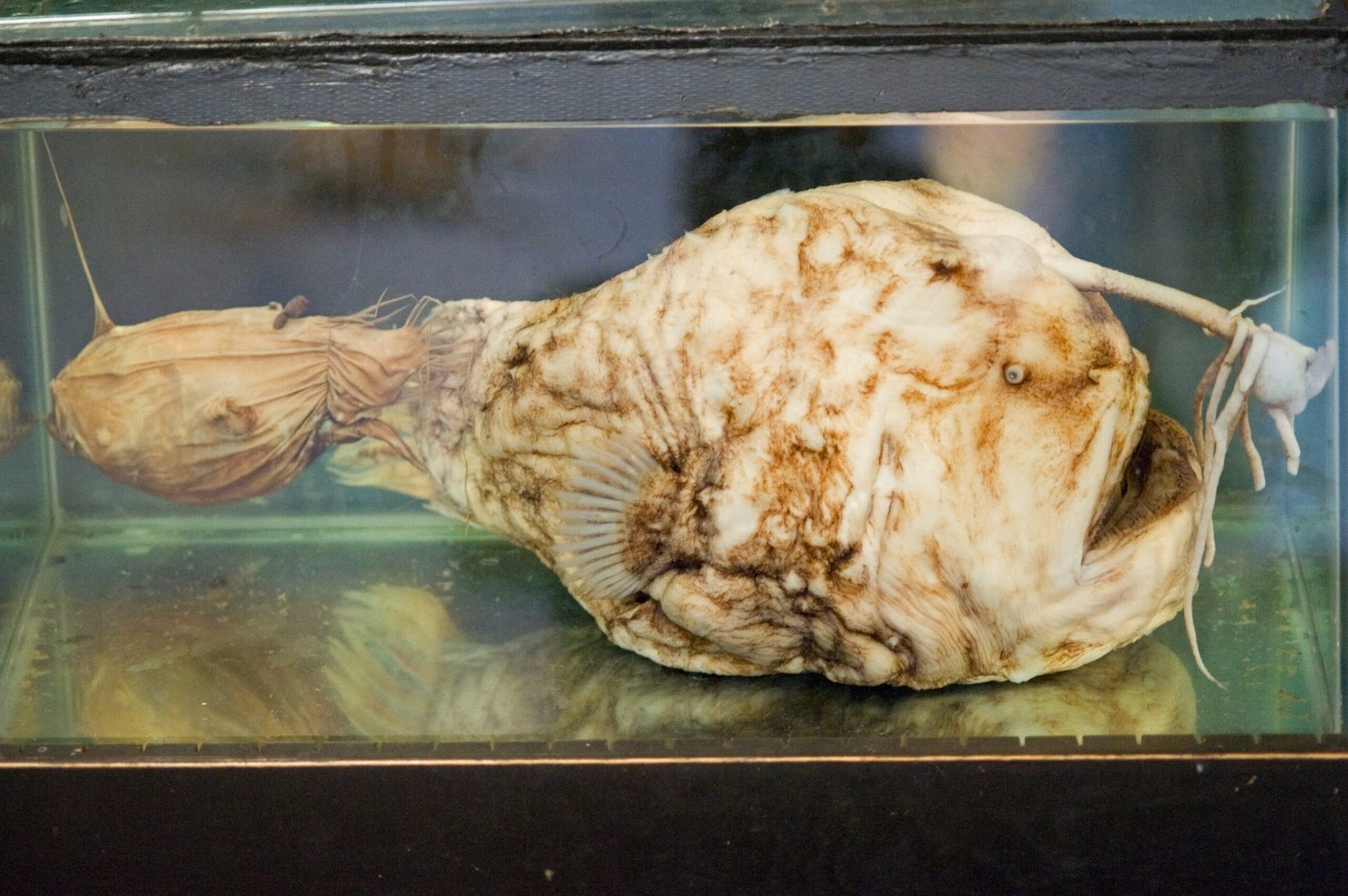
Deep in the ocean’s darkest depths, where sunlight has never touched, the anglerfish has evolved what might be the most sinister fishing technique on Earth. That glowing bulb dangling from their forehead isn’t just decorative – it’s a biological trap that would make any horror movie villain jealous.
The lure contains bioluminescent bacteria that create an eerie blue-green glow, attracting curious prey in the pitch-black depths. When smaller fish approach what they think is food, the anglerfish’s massive jaws snap shut in milliseconds. It’s like having a neon sign that says “free food” attached to your head, except the fine print reads “you are the food.”
The Star-Nosed Mole’s Bizarre Facial Appendage
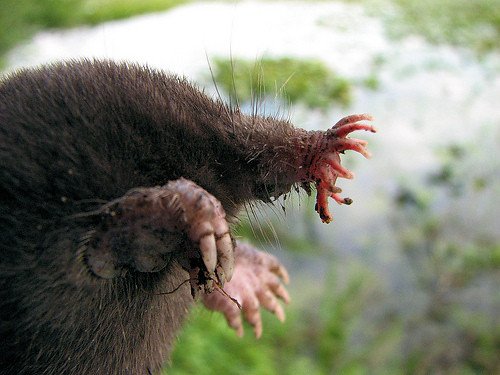
The star-nosed mole’s face looks like something from a science fiction nightmare – 22 fleshy tentacles arranged in a perfect star pattern around its nose. But this isn’t nature’s cruel joke; it’s actually one of the most sensitive touch organs in the animal kingdom.
Those tentacles contain over 100,000 nerve fibers – six times more than a human hand – allowing the mole to identify and consume prey in just 230 milliseconds. That’s faster than you can blink. The star can touch 13 different locations in a single second, making it the ultimate underground detection system for finding worms and insects in total darkness.
The Proboscis Monkey’s Enormous Nose

Male proboscis monkeys sport noses so large they often hang down past their mouths, making eating a genuine challenge. You might think this oversized schnoz would be an evolutionary disadvantage, but female proboscis monkeys find big noses irresistibly attractive.
The massive nose also serves as a resonating chamber, amplifying their calls across the rainforest canopy. Scientists have discovered that the larger the nose, the deeper and more impressive the male’s vocalizations become. It’s like having a built-in sound system that doubles as a dating profile – the bigger the nose, the better the chances of finding love.
The Naked Mole Rat’s Protruding Teeth
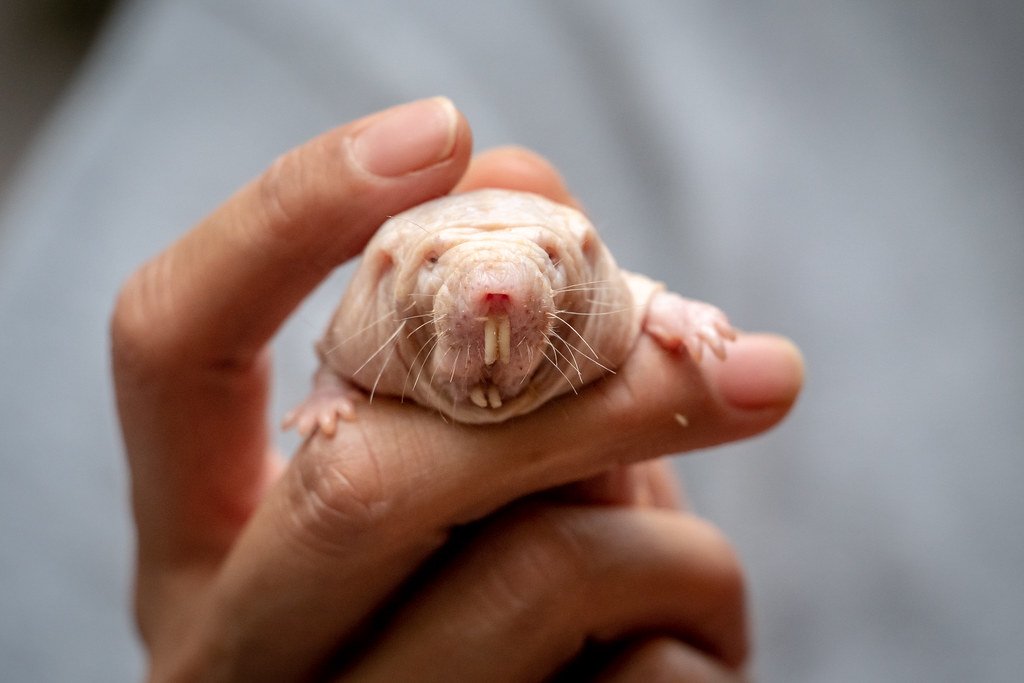
Naked mole rats already win the award for most unfortunate-looking mammal, but those giant buck teeth sticking out of their mouths seem like adding insult to injury. These rodents can actually close their lips behind their teeth, preventing dirt from entering their mouths while they dig extensive underground tunnel systems.
The teeth grow continuously throughout their lives and are strong enough to chew through concrete-hard soil. Think of them as living jackhammers that never need replacement. Their unique dental arrangement allows them to create complex underground cities without constantly spitting out mouthfuls of dirt.
The Aye-Aye’s Skeletal Middle Finger
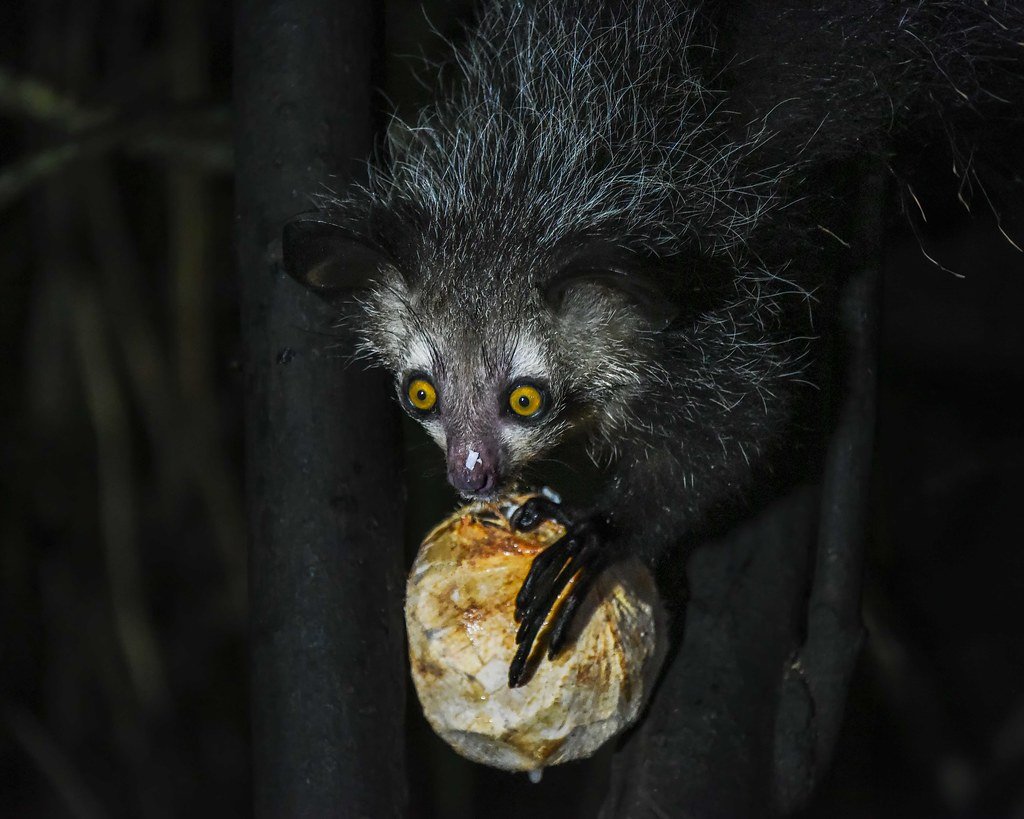
The aye-aye lemur has a middle finger that looks like it belongs in a horror movie – long, bony, and equipped with a curved claw that seems designed for nightmares. This isn’t nature’s way of giving other animals the finger; it’s actually a sophisticated insect-hunting tool.
The aye-aye uses this specialized digit to tap on tree bark, listening for the hollow sounds that indicate insect larvae hiding inside. Once located, the finger becomes a precision instrument, boring into the wood and extracting the grubs with surgical accuracy. It’s like having a built-in stethoscope and surgical tool combined into one creepy appendage.
The Hornbill’s Massive Casque
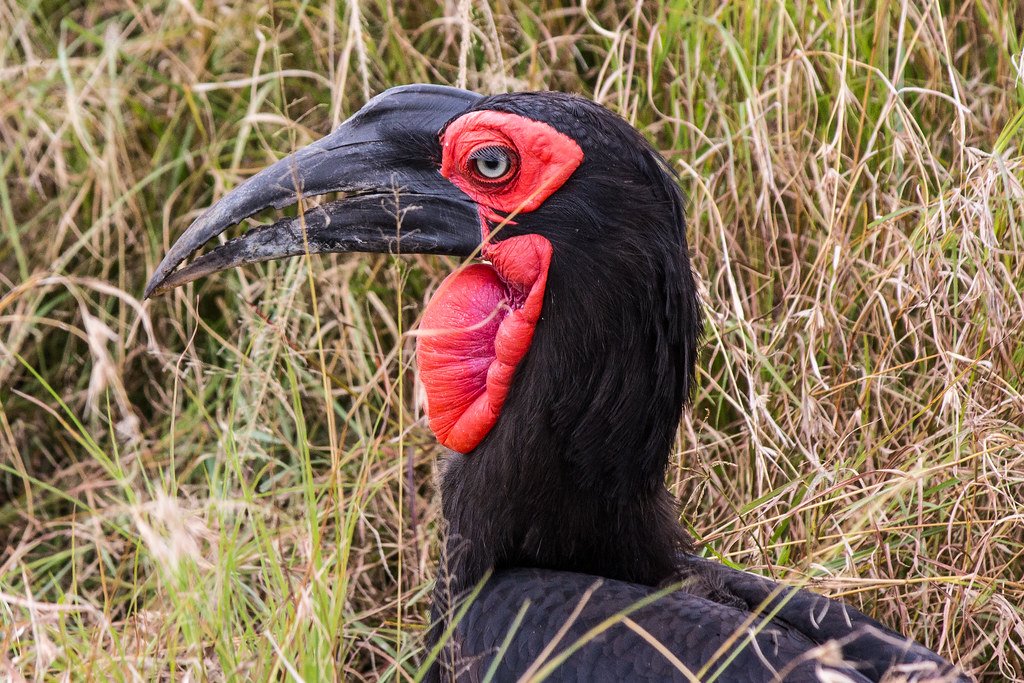
Hornbills look like someone glued a second beak on top of their regular beak, creating a bizarre double-decker arrangement called a casque. This hollow structure might seem like unnecessary baggage, but it serves multiple crucial purposes that have helped hornbills thrive across Africa and Asia.
The casque amplifies their calls, turning simple honks into booming sounds that can travel for miles through dense forest. It also serves as a lightweight helmet during aerial battles with other hornbills and helps with thermoregulation in hot climates. Some species even use their casques as battering rams during territorial disputes.
The Mandrill’s Colorful Face Paint

Male mandrills look like they’ve been attacked by a rainbow, with brilliant blue and red coloring across their faces and rumps. This isn’t just nature showing off; it’s a sophisticated communication system that rivals any social media platform.
The brighter the colors, the higher the male’s testosterone levels and social status within the group. Females are naturally attracted to the most colorful males, while other males can instantly assess whether they should fight or flee based on color intensity. It’s like wearing your resume on your face, except the qualifications are “how tough and reproductively successful am I?”
The Tapir’s Flexible Trunk
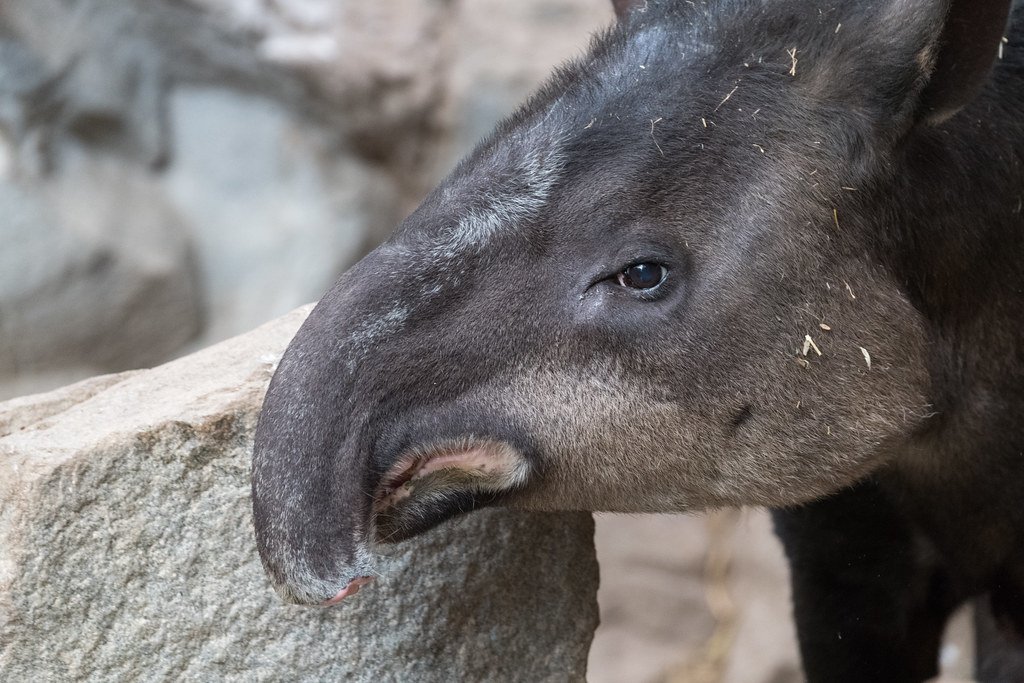
Tapirs might look like pigs with elephant noses, but their short, flexible trunks are marvels of evolutionary engineering. Unlike their elephant cousins, tapirs use their trunks primarily for grabbing vegetation and bringing it to their mouths, like having a built-in salad fork.
The trunk can bend in any direction and is sensitive enough to select specific leaves while avoiding thorns and poisonous plants. During river crossings, tapirs use their trunks as snorkels, allowing them to breathe while their bodies remain submerged. It’s the ultimate multi-tool for jungle survival.
The Shoebill Stork’s Machine Gun Beak

The shoebill stork’s beak looks like someone attached a wooden clog to a bird’s face, but this massive appendage is actually a precision weapon designed for hunting in African swamps. The beak can snap shut with incredible force, capable of decapitating prey in a single strike.
What makes this beak truly unique is its machine-gun-like sound when the bird claps it rapidly during courtship displays. The hollow structure amplifies the sound, creating a rattling noise that can be heard from considerable distances. It’s like having a built-in percussion instrument that doubles as a lethal weapon.
The Leafy Sea Dragon’s Elaborate Disguise
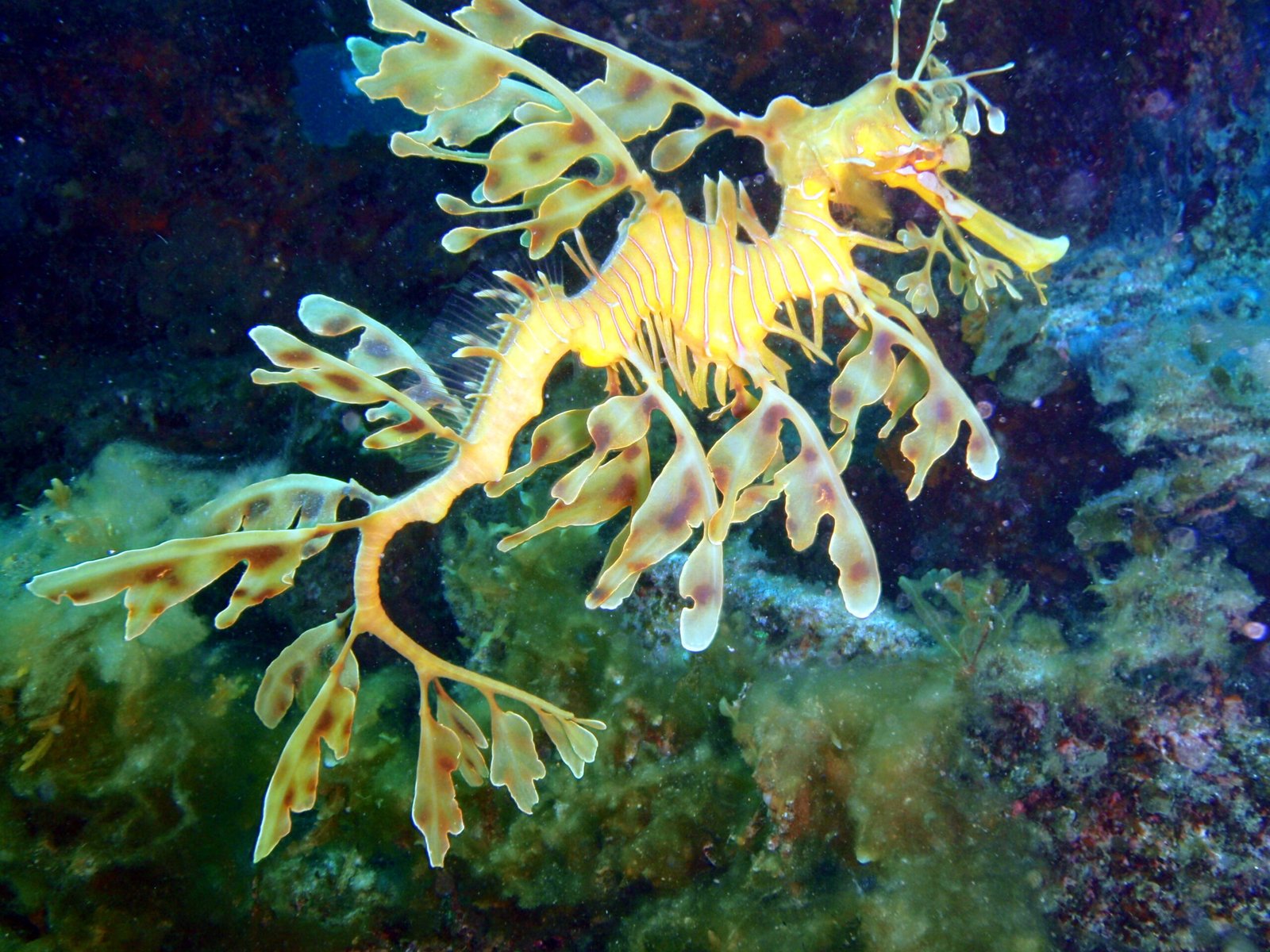
Leafy sea dragons look like floating pieces of seaweed that somehow learned to swim. Their bodies are covered in elaborate, leaf-like appendages that provide perfect camouflage among kelp forests. But these aren’t just decorative frills – they’re survival equipment in one of the ocean’s most competitive environments.
The appendages move gently with ocean currents, making the sea dragon virtually invisible to both predators and prey. Unlike actual fins, these leafy projections don’t provide propulsion; instead, they create the illusion of drifting vegetation. It’s like wearing a ghillie suit that’s so convincing, even other pieces of seaweed are fooled.
The Vampire Bat’s Heat-Sensing Nose
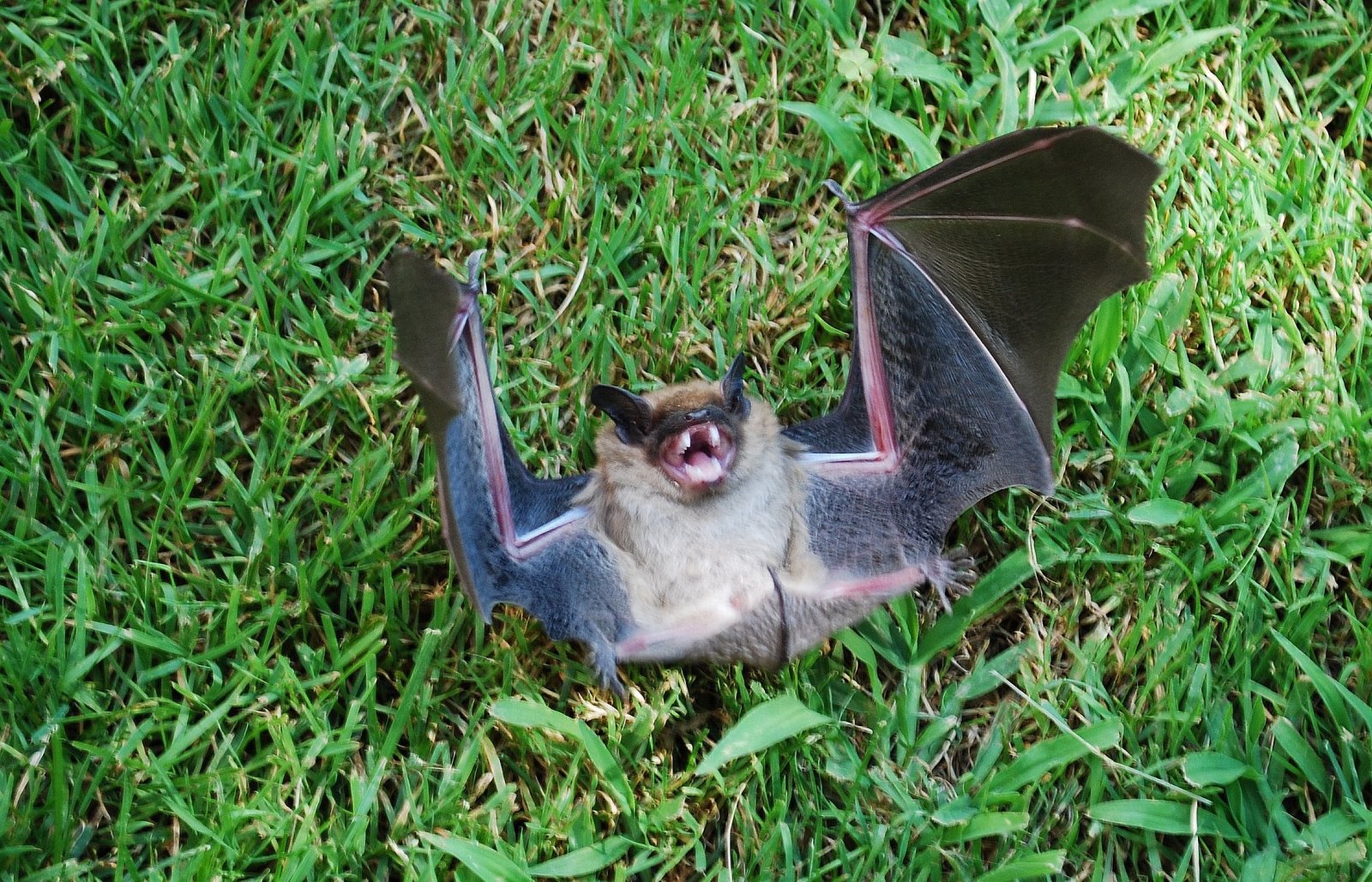
Vampire bats have specialized cells in their noses that can detect the heat signatures of blood vessels just beneath their victims’ skin. This thermal imaging system is so precise it can locate the perfect spot to bite without disturbing the sleeping host.
The nose cells are similar to those found in pit vipers, allowing the bat to “see” heat patterns in complete darkness. This biological thermal camera helps them find the exact location where blood flows closest to the surface, ensuring a quick, efficient feeding session. It’s like having night vision goggles specifically designed for phlebotomy.
The Conclusion: Nature’s Genius in Disguise
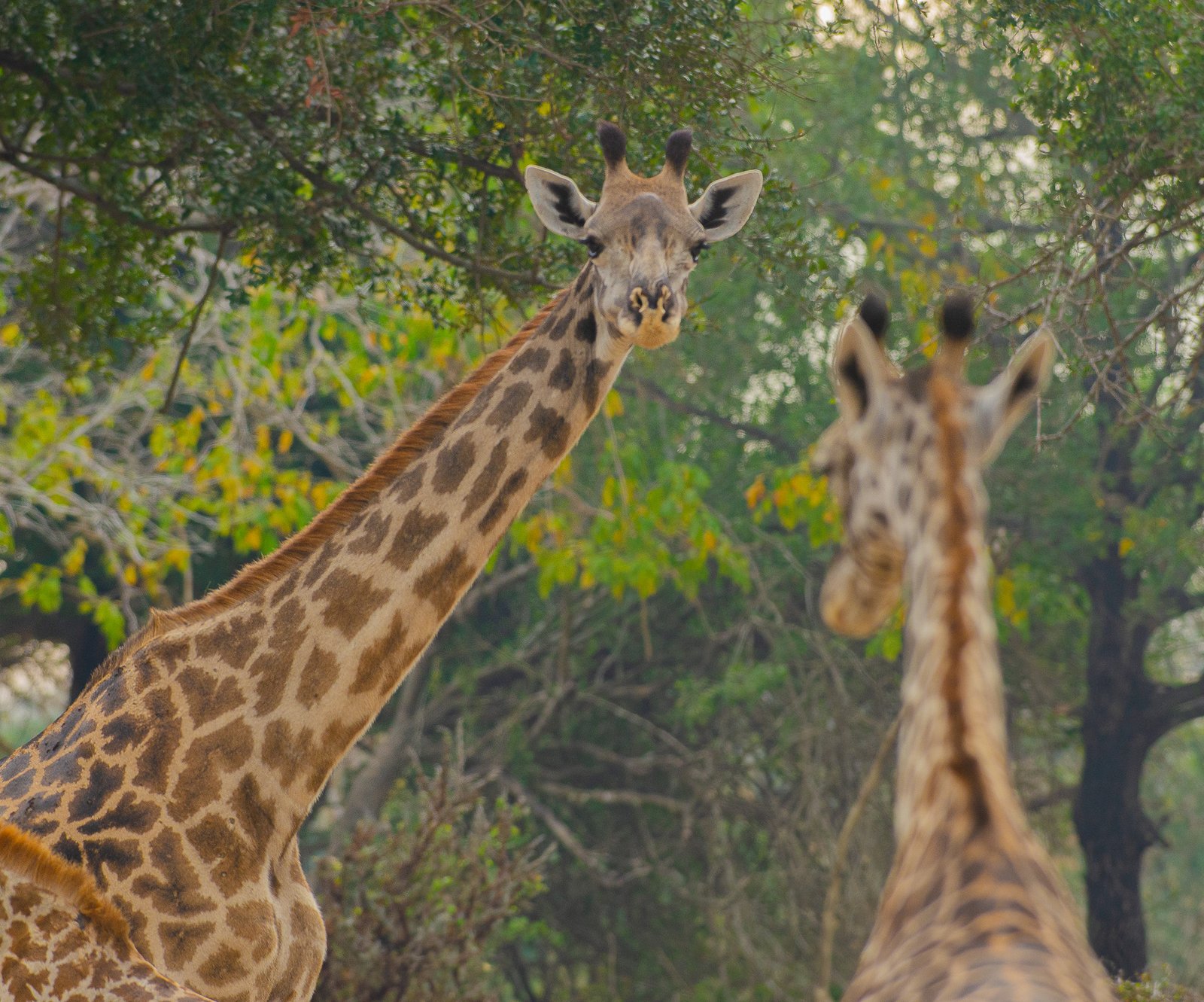
These seemingly bizarre body parts remind us that evolution doesn’t care about our aesthetic preferences – it only cares about survival. What appears weird or useless to us often represents millions of years of fine-tuning for specific environmental challenges.
Every strange appendage, oversized feature, and bizarre coloration serves a purpose that has helped these species survive in their unique niches. The next time you see an animal that looks like nature’s practical joke, remember that you’re actually witnessing one of evolution’s most sophisticated solutions to life’s challenges.
These adaptations prove that in nature, weird works – and sometimes the strangest solutions are the most brilliant ones. What other “weird” animal features do you think might actually be evolutionary masterpieces in disguise?




